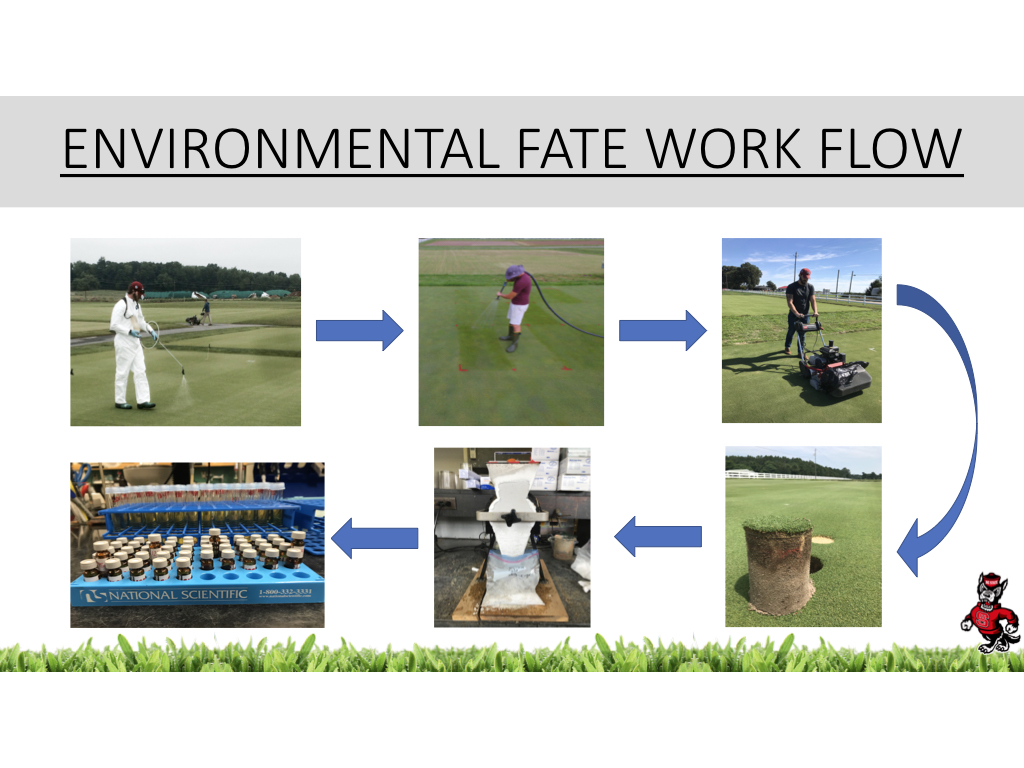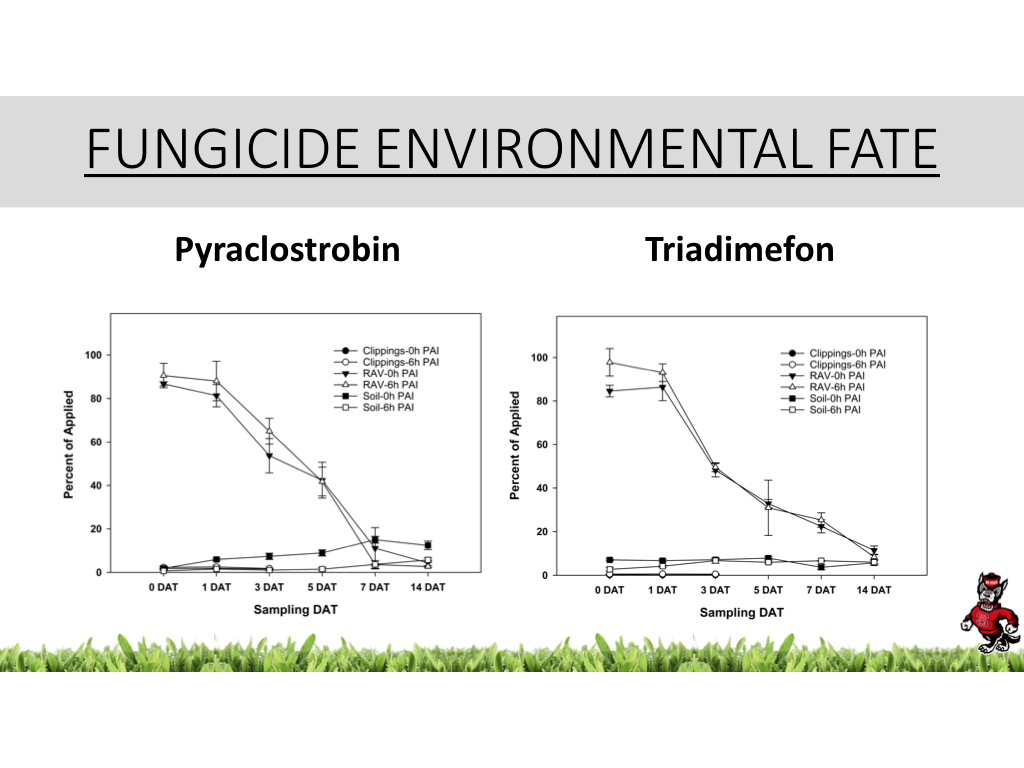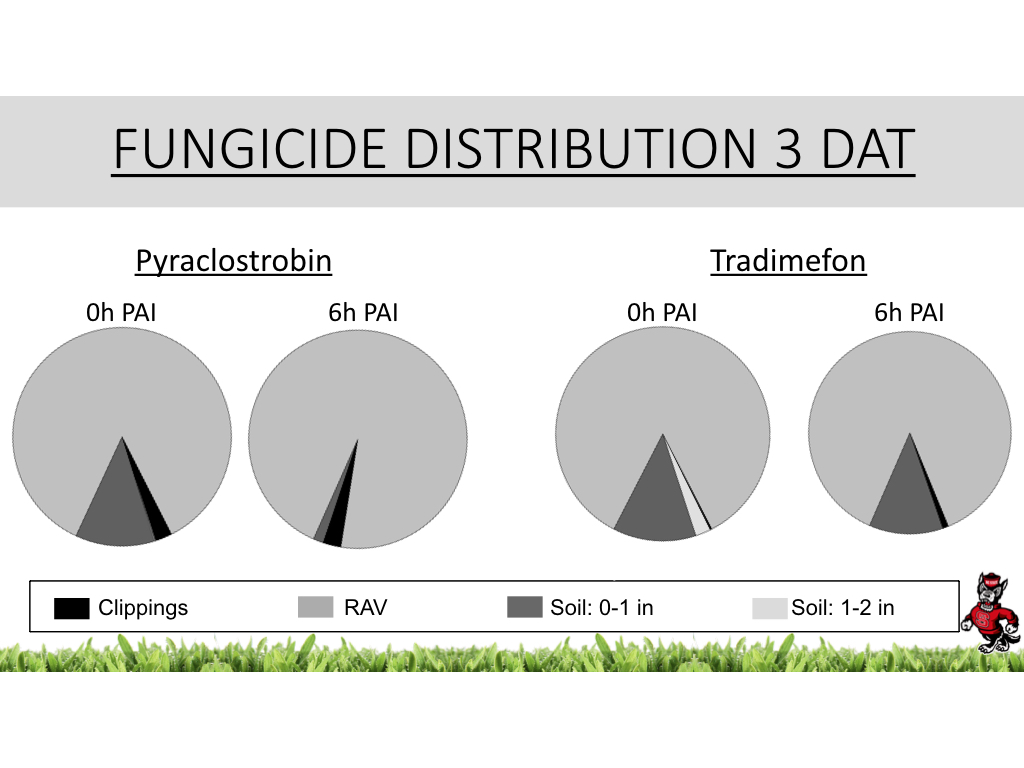Where Did Your Fungicide Go?
go.ncsu.edu/readext?604122
en Español / em Português
El inglés es el idioma de control de esta página. En la medida en que haya algún conflicto entre la traducción al inglés y la traducción, el inglés prevalece.
Al hacer clic en el enlace de traducción se activa un servicio de traducción gratuito para convertir la página al español. Al igual que con cualquier traducción por Internet, la conversión no es sensible al contexto y puede que no traduzca el texto en su significado original. NC State Extension no garantiza la exactitud del texto traducido. Por favor, tenga en cuenta que algunas aplicaciones y/o servicios pueden no funcionar como se espera cuando se traducen.
Português
Inglês é o idioma de controle desta página. Na medida que haja algum conflito entre o texto original em Inglês e a tradução, o Inglês prevalece.
Ao clicar no link de tradução, um serviço gratuito de tradução será ativado para converter a página para o Português. Como em qualquer tradução pela internet, a conversão não é sensivel ao contexto e pode não ocorrer a tradução para o significado orginal. O serviço de Extensão da Carolina do Norte (NC State Extension) não garante a exatidão do texto traduzido. Por favor, observe que algumas funções ou serviços podem não funcionar como esperado após a tradução.
English
English is the controlling language of this page. To the extent there is any conflict between the English text and the translation, English controls.
Clicking on the translation link activates a free translation service to convert the page to Spanish. As with any Internet translation, the conversion is not context-sensitive and may not translate the text to its original meaning. NC State Extension does not guarantee the accuracy of the translated text. Please note that some applications and/or services may not function as expected when translated.
Collapse ▲We believe all turfgrass managers are interested in maximizing the efficacy of their fungicide applications. In fact, many superintendents have asked how various post application management practices, such as post-application irrigation and mowing timing, influence fungicide movement and efficacy. With the cost of fungicides increasing 10-20% over the past decade, turfgrass managers are trying to maximize efficacy of fungicides. Recent research out of Dr. Travis Gannon’s lab has demonstrated up to 34% of azoxystrobin can be removed in tall fescue clippings following a single mowing event one day after the initial application (Jeffries et al., 2016). Removal of this much fungicide is a waste of money and may limit the amount of product being delivered to the target pest. However, there is limited research evaluating the effect of post-application management practices on fungicide environmental fate and movement on golf course putting greens. The current study evaluated post-application irrigation timing and mowing timing on the distribution of fungicides in the soil profile and the removal of fungicides in turfgrass clippings.
A single application of pyraclostrobin and triadimefon was applied independently to research plots on a creeping bentgrass putting green. Irrigation (1/4”) was applied either immediately (0h) or 6 hours (6h) after the fungicide application. Plots were mowed non-sequentially once the canopy was dry at 0 days after treatment (DAT), 1 DAT, and 3 DAT following respective fungicide applications and irrigation treatments. Daily mowing resumed after 3 DAT. Clippings were collected at 0, 1, and 3 DAT and cores (4.25” diameter) were harvested using a golf course cup cutter 0, 1, 3, 5, 7, 14 DAT. Cores were sectioned into remaining above ground vegetation (RAV; verdure/thatch), 0-1”, 1-2”, and 2-3” subsections. Turfgrass clippings and core subsections were subjected to residue analysis using high-performance liquid chromatography and data was presented as a percent of applied.
 Pyraclostrobin recovered in turfgrass clippings at 0, 1, and 3 DAT did not exceed 2.5% of total fungicide applied. The movement and distribution of pyraclostrobin over time following different irrigation and mowing treatments is illustrated in Figure 1. Post application irrigation (PAI) timing and mowing timing did not significantly influence the percent of pyraclostrobin removed in turfgrass clippings. Within sampling days, post-application irrigation timing did not significantly influence the percent of pyraclostrobin detected in the RAV. However, differences were observed in soil subsections over the course of the experiment. For example, more pyraclostrobin was detected in the 0-1” soil layer when plots were irrigated immediately with 1/4” of irrigation. Similarly, at 3, 5, and 7 DAT, pyraclostrobin was only detected in plots receiving immediate irrigation. In the 0-1” soil layer at 14 DAT a significantly greater amount of pyraclostrobin was detected in plots receiving immediate irrigation compared to plots irrigated 6 hours after fungicide application.
Pyraclostrobin recovered in turfgrass clippings at 0, 1, and 3 DAT did not exceed 2.5% of total fungicide applied. The movement and distribution of pyraclostrobin over time following different irrigation and mowing treatments is illustrated in Figure 1. Post application irrigation (PAI) timing and mowing timing did not significantly influence the percent of pyraclostrobin removed in turfgrass clippings. Within sampling days, post-application irrigation timing did not significantly influence the percent of pyraclostrobin detected in the RAV. However, differences were observed in soil subsections over the course of the experiment. For example, more pyraclostrobin was detected in the 0-1” soil layer when plots were irrigated immediately with 1/4” of irrigation. Similarly, at 3, 5, and 7 DAT, pyraclostrobin was only detected in plots receiving immediate irrigation. In the 0-1” soil layer at 14 DAT a significantly greater amount of pyraclostrobin was detected in plots receiving immediate irrigation compared to plots irrigated 6 hours after fungicide application.
Triadimefon data was similar to pyraclostrobin. The movement and distribution of triadimefon over time following different irrigation and mowing treatments is illustrated in Figure 1. Less triadimefon was removed in turfgrass clippings when compared to pyraclostrobin. This may be due to the physiochemical properties of triadimefon (low Koc=300 and high Ks=70). Irrigation timing and mowing timings did not significantly influence the amount of triadimefon removed in clippings or the amount detected in RAV. However, a greater amount of fungicide was detected in the 0-1” and 1-2” soil layers when irrigated immediately after application compared to plots irrigation 6 hours after the initial application. Triadimefon removed in the clippings and detected at various depths in the soil following different irrigation and mowing timings at 3 DAT is illustrated in Figure 2. Triadimefon was only detected in the 2-3” soil layer at 14 DAT when plots were irrigated immediately after application.
Post application irrigation timing, and to a lesser extent mowing timing, can influence fungicide movement through the soil profile. Delaying mowing events did not result in less fungicide removed in clippings, but may influence the downward movement and distribution of product into the RAV and soil. The current data suggests the majority of fungicide is retained in the RAV regardless of post-application irrigation management strategy. However, irrigating immediately following fungicide application can move the fungicide deeper into the soil profile where the target pathogen(s) reside. Recovery (percent of applied) of pyraclostrobin and triadimefon ranged from 90-99% on 0 DAT confirming our analytical and sampling methodology. These data reflect post-application irrigation at 1/4″ only. There were no plots that didn’t receive post-application irrigation. Based on this, if the practitioner chooses to irrigate with a 1/4″ immediately, mowing timing has limited influence on removal of fungicides. However, we still suggest skipping mowing the day after fungicide application.
– This post was written by Cameron Stephens, a Ph.D. student advised by Drs. Jim Kerns and Travis Gannon.




